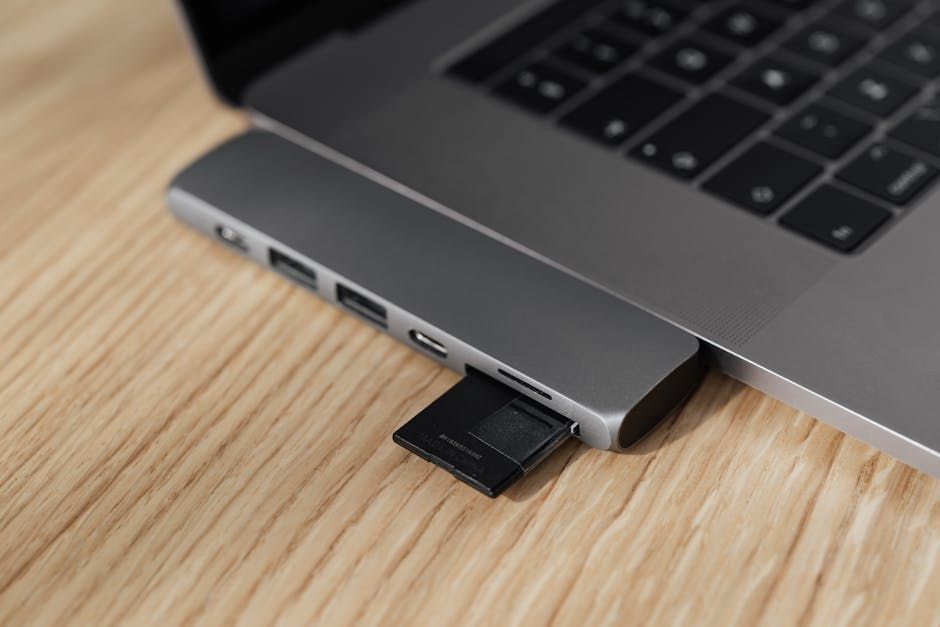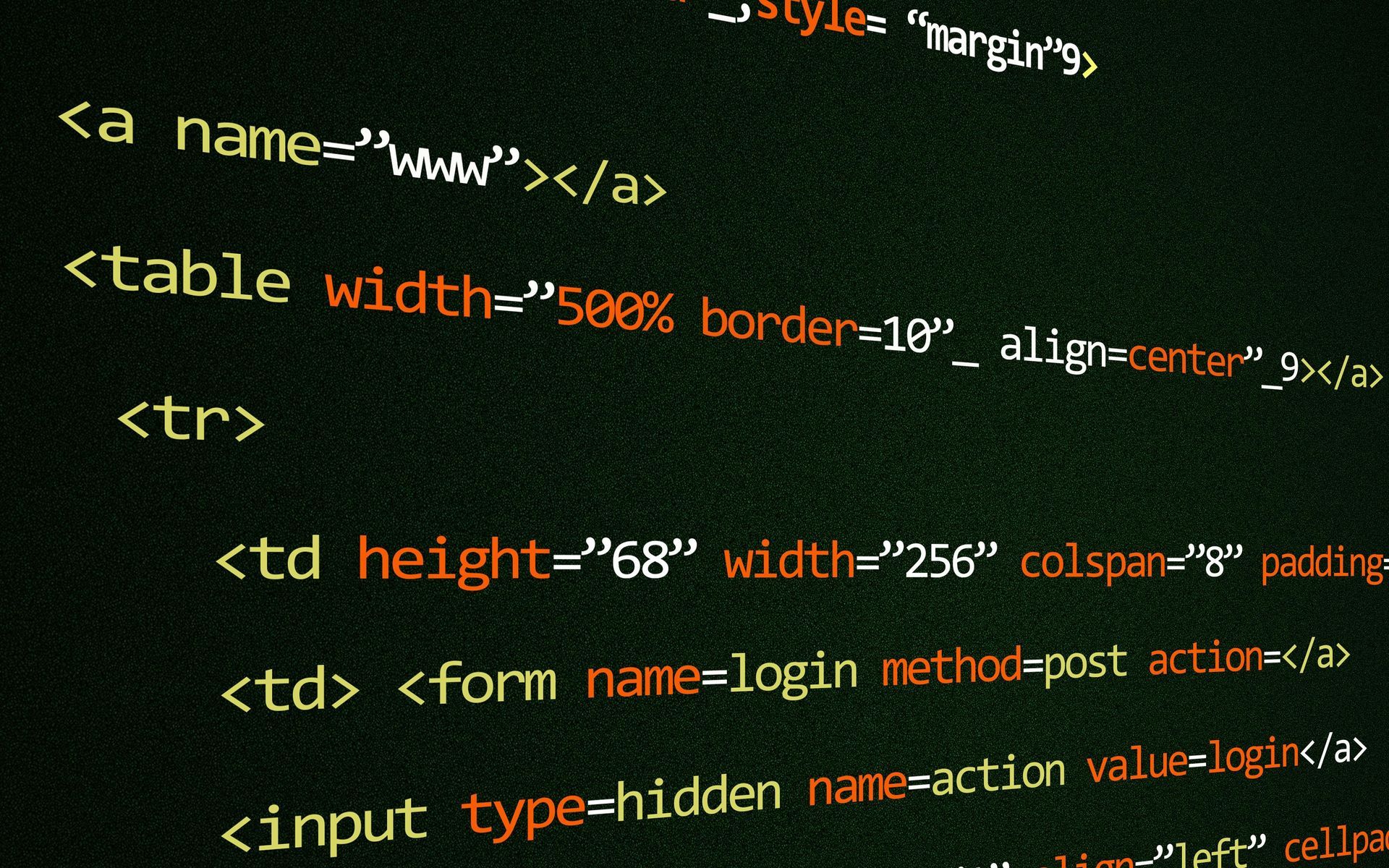5 Affordable Web Design Trends You Should Know in 2023
In a digital era where first impressions are critical, mastering the art of affordable web design is key. From minimalism to AI-driven functionality, this list unveils the top cost-effective trends that will keep you ahead of the digital curve in 2023.r your new post

1. Minimalist Designs That Maximize User Engagement
The allure of minimalist web design lies not just in its aesthetic simplicity but in its functionality. By stripping away the non-essential elements, designers are able to focus on user experience, improving site speed, and enhancing overall navigability. This cost-effective approach not only appeals to the modern user who favors simplicity and speed but also significantly reduces the time and resources needed for site maintenance and updates.
Moreover, minimalist design seamlessly integrates with responsive web design principles, ensuring that your site looks and performs beautifully across all devices. This intersection of simplicity and functionality makes minimalism a smart choice for businesses looking to make a strong, affordable digital impression in 2023.
2. Dark Mode Aesthetics
Embracing dark mode provides a stylish, modern aesthetic that reduces eye strain for users, a particularly appealing feature for websites accessed during evening hours. This design trend not only caters to user comfort but also offers potential savings in energy consumption, particularly on OLED and AMOLED screens where true blacks can actually reduce power usage. Implementing dark mode can be a straightforward, cost-effective way to refresh your website’s look and appeal to eco-conscious consumers.
3. Mobile-First Websites
With mobile devices accounting for over half of web traffic worldwide, a mobile-first design is not just a trend but a necessity. This approach involves designing an online experience primarily for mobile users before scaling up to larger screens, ensuring optimal usability across all devices. Such a strategy is cost-effective, as it prioritizes efficiency and speed, reducing the need for separate design versions and simplifying the overall design process.
4. Using AI for Personalized Experiences
Integrating AI to create personalized user experiences has become more accessible and affordable than ever. AI can analyze user behavior to provide tailored content, recommendations, and even predictive search functionalities. This not only enhances the user experience but also increases engagement and conversion rates. For small to medium-sized businesses, leveraging AI in this way offers a competitive edge, making it a wise investment in your web design strategy.
This level of personalization once reserved for tech giants is now within reach, thanks to affordable, off-the-shelf AI tools. These solutions can easily be integrated into existing web platforms, allowing businesses of all sizes to offer bespoke experiences that users have come to expect.
5. Sustainable and Green Web Design
Sustainable web design offers a forward-thinking approach that minimizes the environmental impact of digital operations. By optimizing images, leveraging green hosting solutions, and reducing the use of heavy scripts and animations, websites can significantly lower their carbon footprint. This trend not only appeals to environmentally conscious consumers but also aligns with broader global sustainability goals. Implementing these practices can improve website performance and user satisfaction while underscoring a commitment to eco-friendly initiatives.







